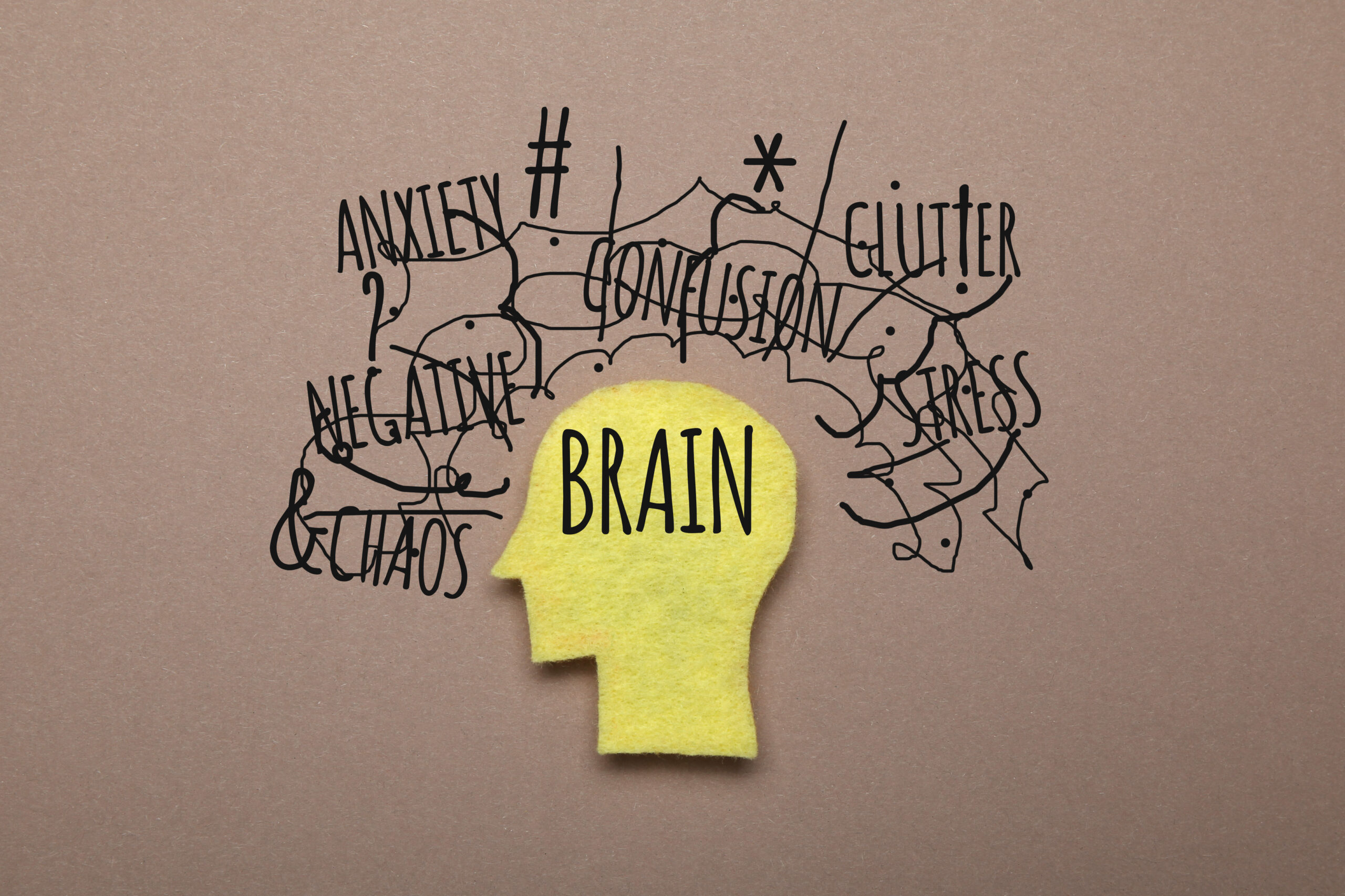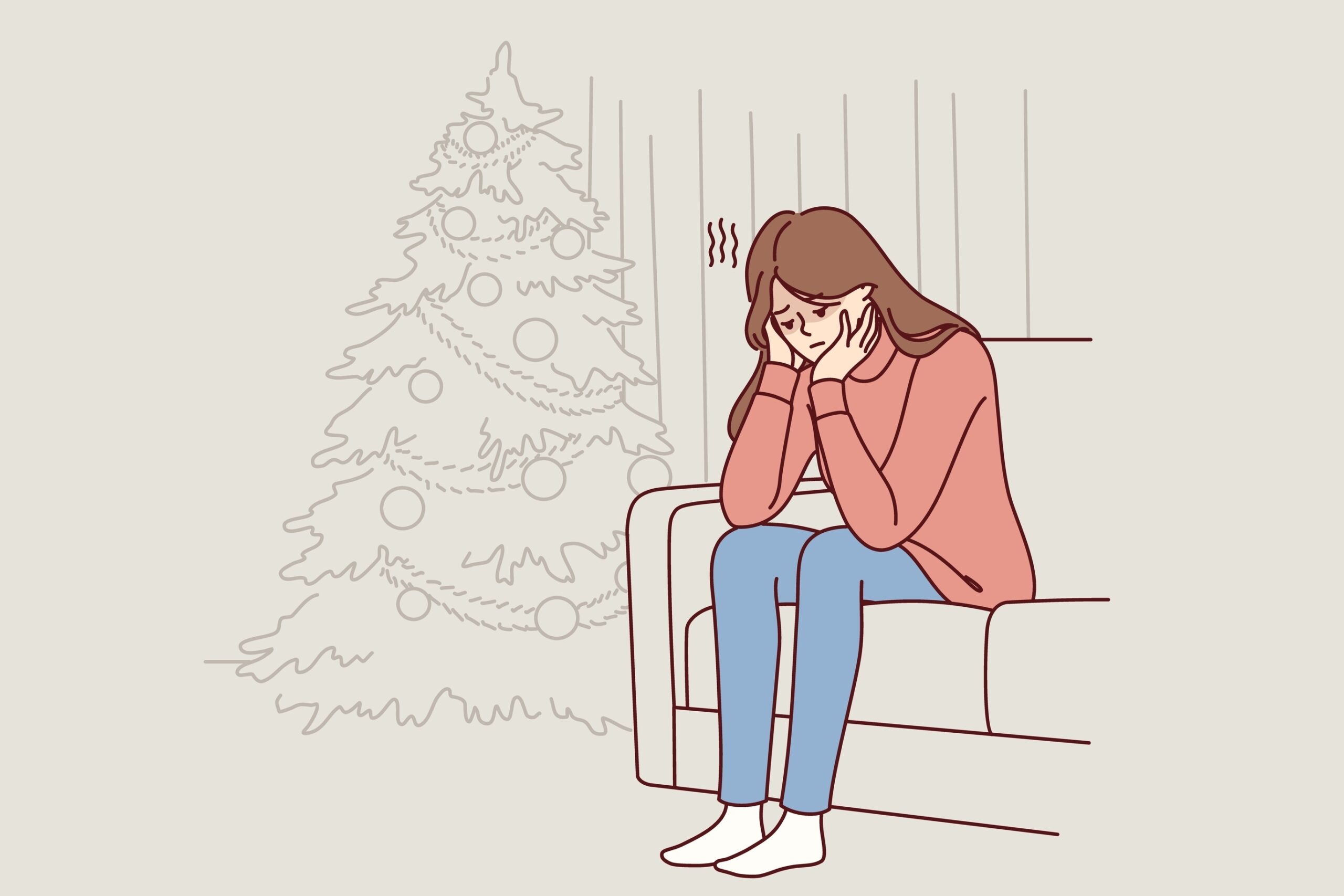 Although the impact of social media and technology on mental health, especially youth, has been in question for some time, it has become quite the “hot topic” in the public media recently. Approximately one year after issuing a public health advisory about the impacts of social media on youth mental health, on June 17th, 2024, Surgeon General Dr. Vivek Murthy published an opinion piece in The New York Times outlining the dangers of social media and the role it is playing in the youth mental health epidemic. This “call for action” was further explored in major media outlets such as NPR, ABC News, The Washington Post, and many more.
Although the impact of social media and technology on mental health, especially youth, has been in question for some time, it has become quite the “hot topic” in the public media recently. Approximately one year after issuing a public health advisory about the impacts of social media on youth mental health, on June 17th, 2024, Surgeon General Dr. Vivek Murthy published an opinion piece in The New York Times outlining the dangers of social media and the role it is playing in the youth mental health epidemic. This “call for action” was further explored in major media outlets such as NPR, ABC News, The Washington Post, and many more.
Another big reason the conversation surrounding this topic is gaining traction is the recently published book The Anxious Generation by Dr. Jonathan Haidt, which hit the public in March of 2024 and instantly became a New York Times best seller. In this book, Dr. Haidt dared to do what many other researchers and psychology experts have not: use research data to make the claim that the relationship between social media usage and mental health challenges is not merely correlational but causational. I will not get into the weeds of the research that Dr. Haidt used to make this claim, as that is not the emphasis of this article, but he has made all of his research, as well as other helpful resources for families trying to navigate the challenges of technology, available at his website. You can also simply Google Dr. Haidt’s name and you will find endless links to podcast episodes, videos, and news articles where he is featured speaking about his work.
Although the claim that social media has had a causal role in the rise of youth mental health disorders is bold and brave, my favorite part of Dr. Haidt’s new book is that he moves beyond just identifying the problem and its causes and provides realistic and tangible steps to address the issue on an individual and societal level. Here is a summary of the “collective actions” he calls for government, schools, and families to rally around:
- No smartphones before high school
- No social media before age 16
- Phone-free school
- More unsupervised, free play for children
As an Occupational Therapist (OT), the action that really hit home and appears most immediately within our control was collective action #4. As a society, we have moved so far away from the type of play that we know is beneficial and necessary for healthy human development. Play is crucial to the physical, emotional, social, cognitive, and overall well-being of all people, but especially children and adolescents. Play is where we explore, pretend, create, and discover. We learn about ourselves, we learn about others, and we learn about the world around us. Play is a place where we can try new things and fail safely, and through the process of doing that, develop resiliency and a stronger sense of self.
Anxiety, a growing concern among youth, is often exacerbated by constant connectivity and the pressures of social media. Engaging in play can serve as a powerful antidote, providing a natural and enjoyable way to reduce stress and anxiety. Through play, children can express their emotions, work through fears, and build coping mechanisms in a safe environment. Encouraging play-based activities not only promotes mental well-being but also helps in mitigating the anxiety that many children and teens experience today.
As we reach the mid-point of summer, I encourage everyone to consider how they are or are not facilitating and/or engaging in a “play-based summer.” According to the Occupational Therapy Practice Framework (2020), “play” is defined as:
“Activities that are intrinsically motivated, internally controlled, and freely chosen and that may include suspension of reality (e.g., fantasy), exploration, humor, risk-taking, contests, and celebrations.”
Although this definition is broad and gives room for including technological play (i.e. playing video games, etc.), I think given the work by Dr. Haidt and others, it is safe to say we are recommending that we make a push towards other forms of play that include “real life,” in-person experiences. Here are some suggestions on how to engage in a more “play-based summer” from the perspective of a Mental Health OT:
Allow children/teens to play unsupervised – Although this sounds scary, if you are around my age or older (born in 1994), you did it too! You went out in the neighborhood, with no phone, and you played with friends and returned at certain checkpoints (lunch, dinner, etc.). Set up some social supports in your local community and take a community approach to “watching the kids.” Let them practice independence and show them that you trust them to manage themselves. Children and teens want and need to take risks; set up a way for them to do this safely.
Allow children/teens to feel bored – All emotions and feelings have their place…on the other side of boredom is innovation and creativity. Do not structure every waking moment of your child’s life! Let them initiate and drive their own engagement.
Get outside and engage in the senses – Ride a bike to an ice cream shop…go explore a local park, creek, or river…climb a tree…jump on a trampoline…sword fight with sticks…whatever it takes, help them move, get fresh air, engage their bodies, take some risks, and explore their inner and outer worlds.
Balance fun with competition – Fun is at the heart of play. Inherent in play is the idea that things “aren’t so serious.” However, if you haven’t noticed, almost all children and adolescents are enthralled with competition. They want to know “where they fit” in the social hierarchy of the world. This is totally normal and important for them to explore. Just be sure that competition does not come at the expense of enjoyment.
Channel your inner child – If you are hoping and wanting to engage in this play-based summer with your child/adolescent, it’s time to tune in to little you. Do not bring your adult rules and “reality” to your child’s play. Let go of “the way things are” and allow yourself to “explore what could be.” The best way to do this is to follow your child’s lead; fantasy and imagination are a child’s expertise!




